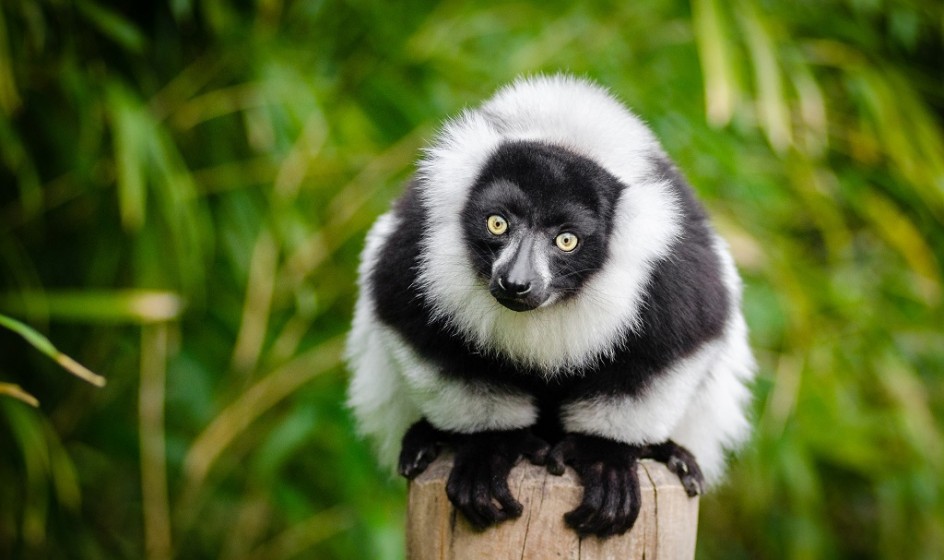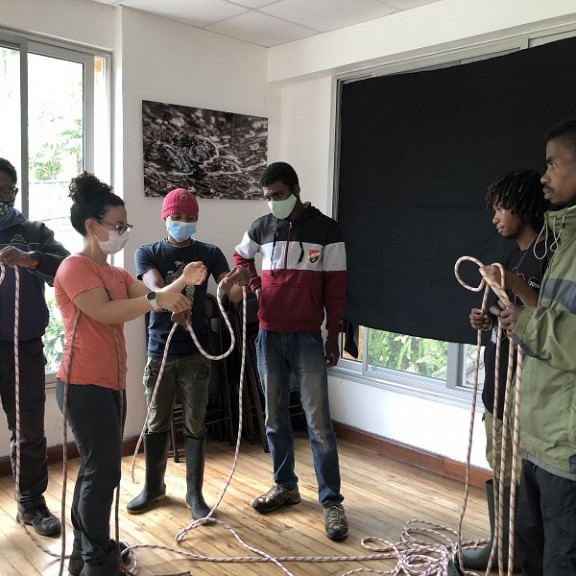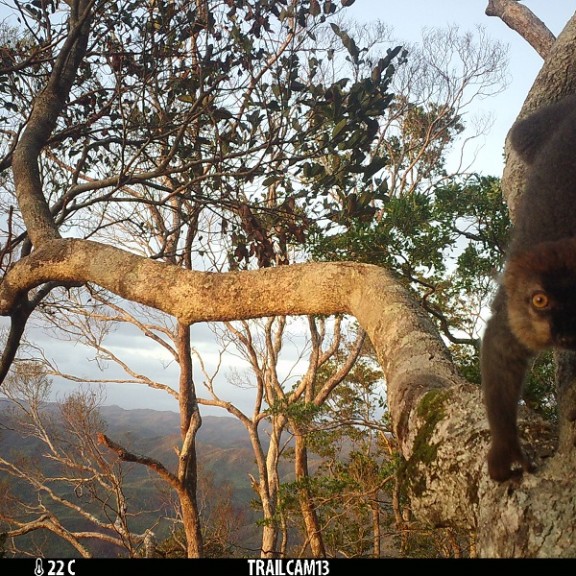

Lemur Surveys

Searching high and low: Using arboreal and terrestrial camera traps to survey 13 lemur species and their threats
Madagascar is home to over 110 lemur species, of which over 95% are threatened with extinction. Unfortunately, Madagascar is also one of the poorest countries in the world and has lost over 80% of its forests due to human activities such as slash-and-burn agriculture and logging.
This project aims to investigate the threats that 13 species of lemurs face in Ranomafana National Park. To document lemur species and their threats, the project team will install camera traps around the park, half of them will be set in the trees. This is a rather novel approach, as only a few studies have used camera traps to study arboreal primates. Additionally, vegetation and disturbance surveys will be conducted where the cameras are installed. An occupancy model will be applied to the data to see how different threats affect the lemurs’ occupancy. The outcome of this project will be the complication of data to inform conservation efforts, action plans, and IUCN Red-List assessment.
Project information:
Implementing organisation: Centre ValBio; University of Calgary
Country: Madagascar
Projektziele
- Untersuchung der Gefährdungsursachen für 13 Lemurenarten im Ranomafana-Nationalpark mit Hilfe von Kamerafallen und nd unter Anwendung eines Occupancy-Models
- Einsatz der Projektergebnisse als Grundlage für Schutzmaßnahmen, Aktionspläne und Gutachten für die Rote Liste
Geplante Aktivitäten
- Schulung für zwei lokale Mitarbeiter über sicheres Baumklettern und für die Installation von Kamerafallen
- Untersuchung der Lemuren im Nationalpark durch den Einsatz von Kamerafallen in den Baumkronen und in Bodennähe
- Bewertung der anthropogenen Störung und der weiteren Gefährdungsfaktoren im Umfeld der Kamerafallen
- Anwendung eines Occupancy-Models, um den Einfluss der unterschiedlichen Bedrohungsfaktoren auf der Lemurenverbreitung zu bestimmen
Project goals
- To investigate the threats that 13 species of lemurs are facing at Ranomafana National Park by applying an occupancy model to camera trap data.
- To use the results of the project to inform conservation efforts, action plans, and IUCN Red-List assessments
Activities
- To train two local technicians in safe tree climbing methods and camera trap installation
- To conduct a lemur survey using camera traps on the forest floor and in the trees
- To assess human disturbance and further threats around the camera trap locations
- To apply an occupancy model to the data collected in order to understand how the threats affect the occupancy of lemurs
- To formulate recommendations for conservation efforts, action plans, and IUCN Red-List assessment
A big thank you to Zoo Augsburg whose kind donation has made this project possible!




